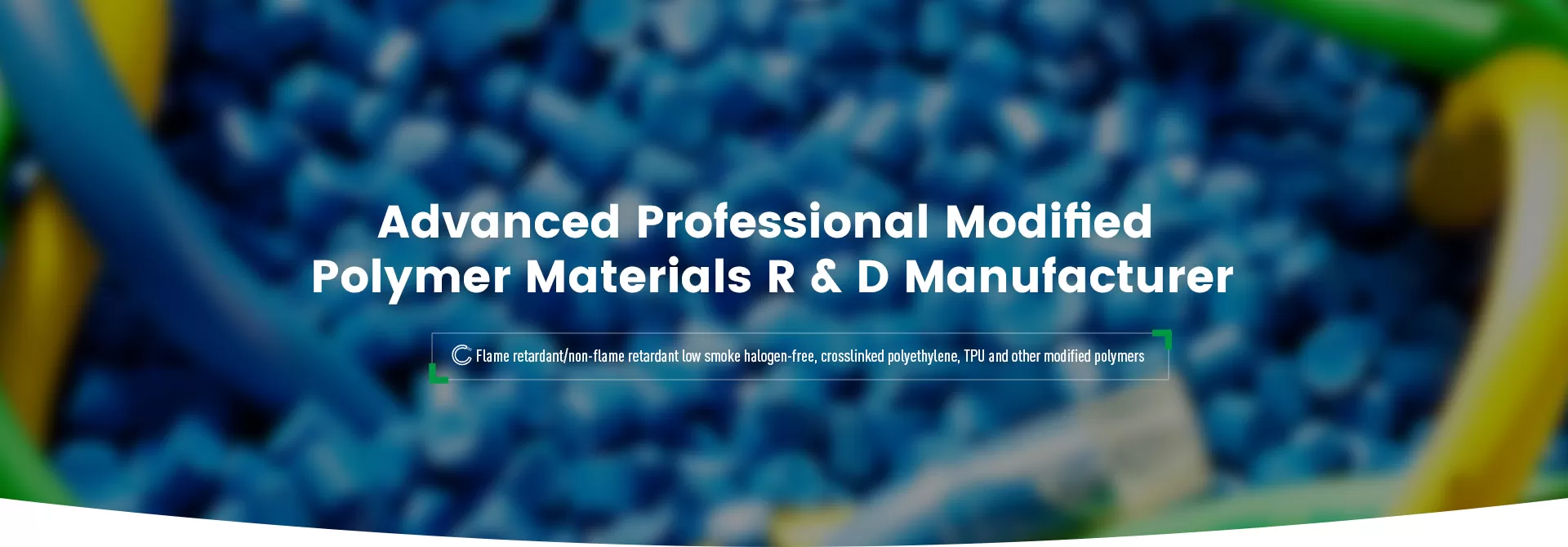
Silane cross-linked polyethylene (Si-XLPE) is a thermosetting material widely used in cables, pipes and other fields in recent years. It combines the good mechanical properties of polyethylene with the heat resistance and chemical resistance achieved by cross-linking, and has broad industrial prospects. According to the current mature production technology, Si-XLPE mainly adopts three process routes: two-step cross-linking method, one-step cross-linking method and ethylene-silane copolymerization cross-linking method. The following will systematically analyze the process characteristics, technical advantages and disadvantages and development status of these three methods.
The two-step method was first proposed by Dow Corning in 1968 and is currently the most widely used method in industry. The process of this method includes two major stages:
Grafting stage: through free radical initiation, ethylene-alcohol silane is grafted onto the polyethylene molecular chain to obtain a grafted resin (component A);
Crosslinking stage: Component A is mixed with a masterbatch containing a catalyst (component B), and after extrusion molding, a hydrolysis reaction is completed in water or a high humidity environment to form a three-dimensional crosslinked network.
Process advantages:
The production process has low requirements for the host equipment and strong adaptability;
Grafting and extrusion separation treatment improves the accuracy of grafting rate and crosslinking control;
It is easy to introduce functional additives such as antioxidants and flame retardants when mixing A/B materials;
The product performance is stable and is particularly suitable for mass production scenarios such as medium and low voltage cables and pipes.
Process deficiencies:
The process flow is relatively long and there are many operating links;
Multiple mixing is prone to introduce impurities;
Storage and transportation require strict control of the temperature and humidity environment to avoid premature crosslinking.
The one-step method was developed by Maillefer in 1974 and is a simplification and optimization of the traditional two-step method. This process directly mixes polyethylene, silane monomer, initiator and catalyst during the extrusion process and forms them, which is suitable for the continuous production of wires, cables, pipes and other products.
Main Features:
The Process has high integration and can achieve continuous operation;
Avoids long-term storage of grafted materials and reduces potential risks during hydrolysis;
The finished product has few impurities, which is conducive to improving the dielectric properties and surface quality of the material.
Disadvantages:
The equipment stability and temperature control accuracy are extremely high;
The investment cost is high, which is suitable for large-scale centralized production;
The material system formula needs to be highly optimized, and the technical threshold is high.
This method was developed by Mitsubishi Petroleum in 1986. It is to directly copolymerize ethylene with silane-containing monomers in a high-pressure polymerization reactor to obtain a copolymer with uniform structure. This method is an essential innovation in the preparation process, does not rely on the traditional grafting process, and the material chain structure is more regular.
Advantages of copolymerization process:
Copolymer materials have extremely high storage stability and are not easy to crosslink in advance;
Silane groups are evenly distributed in the molecular chain, and the degree of crosslinking is highly controllable;
There are very few impurities, especially suitable for high-demand medium and high voltage cable insulation layers;
Avoid the use of organic peroxides, no by-product volatilization, and improve electrical safety;
The gas release during the processing is low, which greatly reduces the risk of defects such as cavitation and pores.
Current limitations:
Technical resources are concentrated in a few international companies, and domestic large-scale commercialization has not yet been achieved;
High requirements for polymerization process control and raw material purity;
Market application is still in the transition stage from high-end materials to large-scale promotion.
Silane cross-linked polyethylene has become an important direction for the functionalization of the new generation of polyethylene.
The three process routes have their own characteristics: the two-step method is suitable for the general market and is large-scale and efficient;
The one-step method improves production efficiency and adapts to the trend of intensive production;
The copolymerization method represents the high-end development path of material performance. In the face of escalating market demand and environmental protection regulations, companies should combine product positioning and production capacity to scientifically select the most appropriate process route to promote the sustainable development of cross-linked polyethylene material technology.